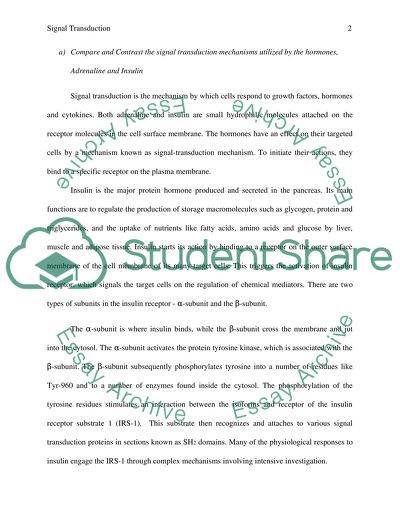Signal transduction Essay Example | Topics and Well Written Essays - 500 words. Retrieved from https://studentshare.org/biology/1601598-signal-transduction
Signal Transduction Essay Example | Topics and Well Written Essays - 500 Words. https://studentshare.org/biology/1601598-signal-transduction.


